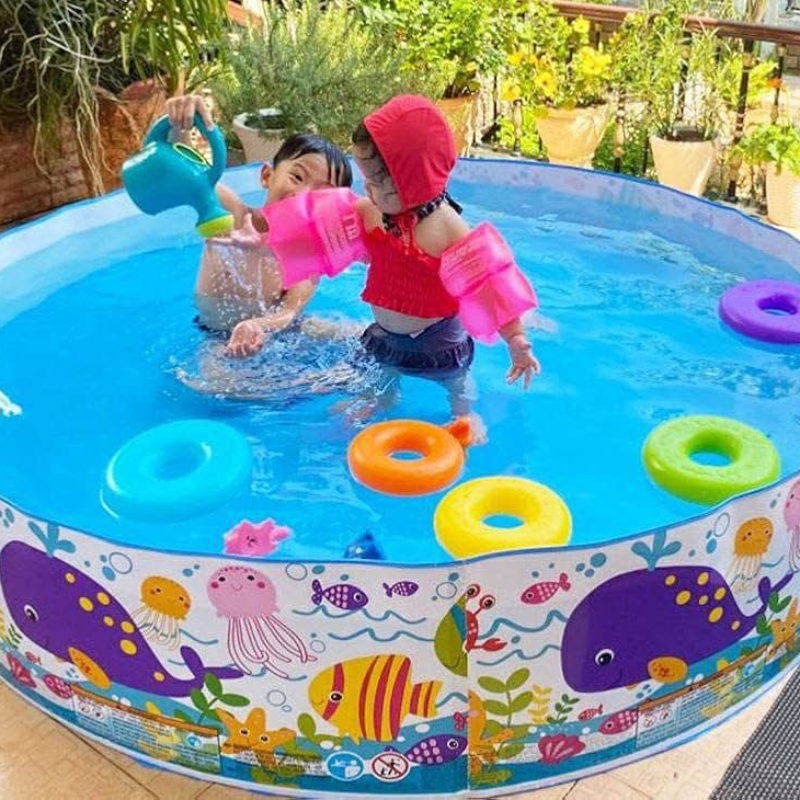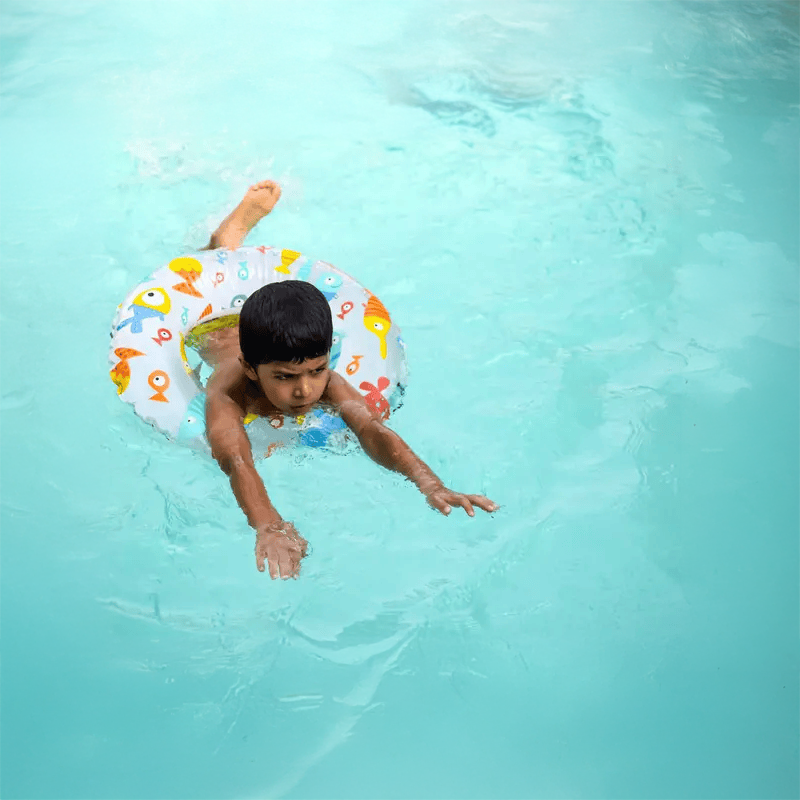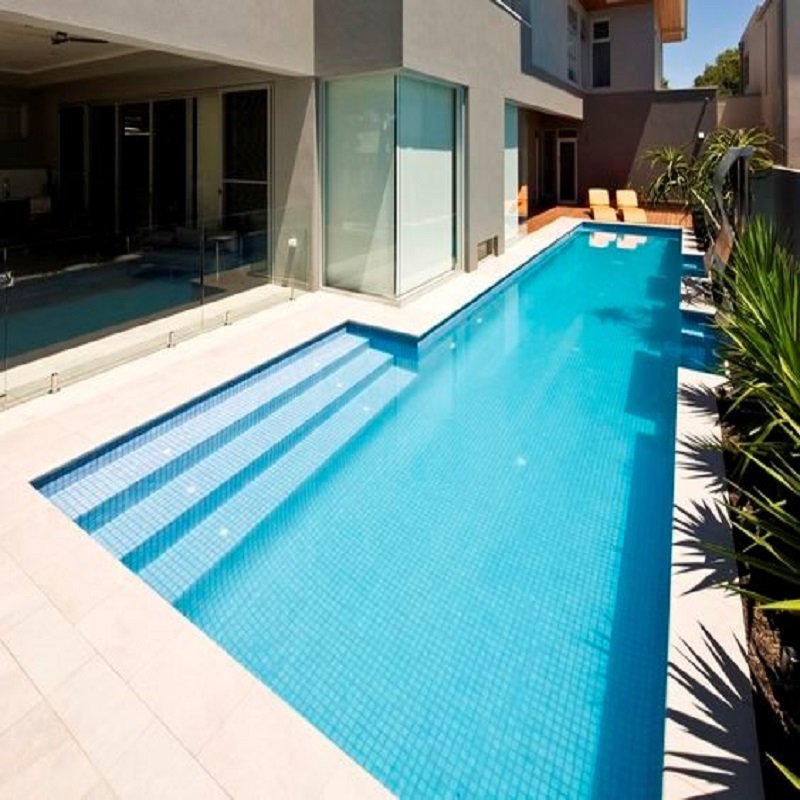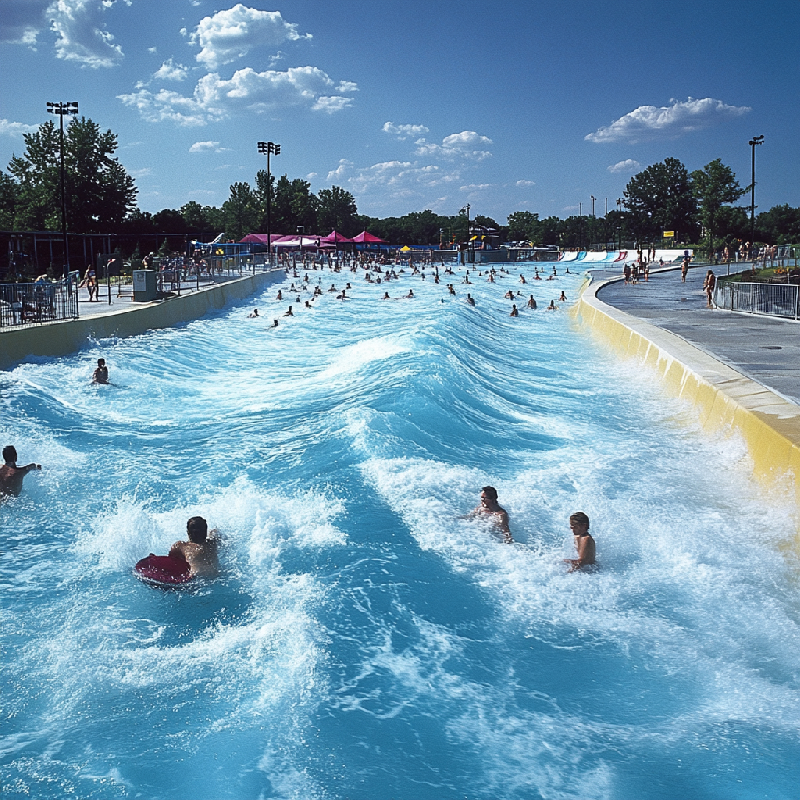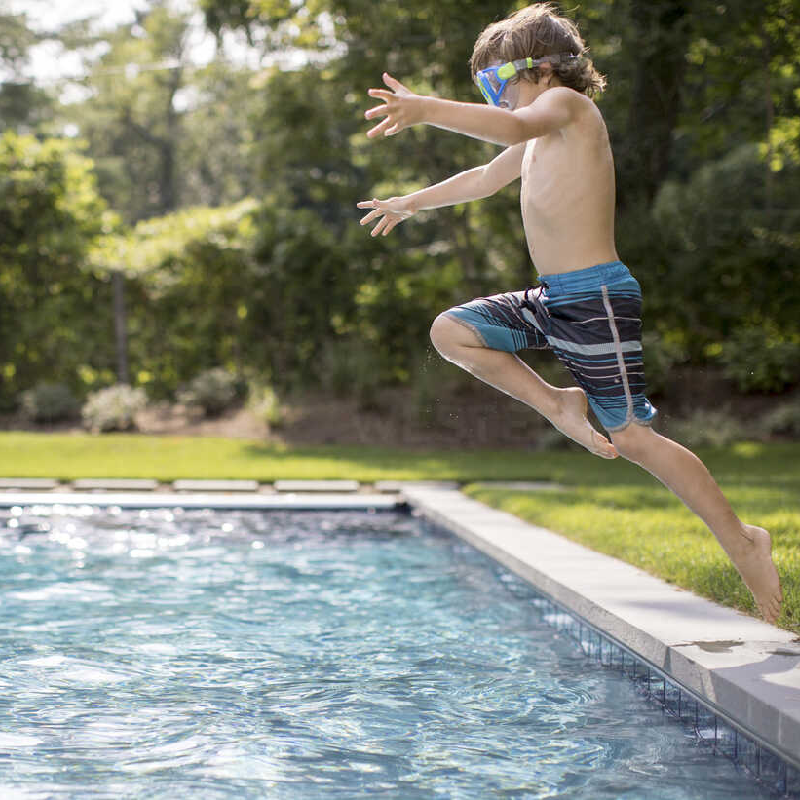Consulting for Every Business
- Home
- Toddler Pools
Toddler Pools
Toddler pools are designed to provide a safe and engaging environment for young children. These pools feature shallow water, gentle slopes, and age-appropriate water features, ensuring a secure and enjoyable experience for toddlers. Unlike larger pools, these pools are designed with safety as a top priority. The shallow water depth prevents drowning risks, while the gentle slopes make it easy for toddlers to navigate. Including colorful designs, small slides, and interactive elements adds to these pools’ overall appeal and excitement.
- Shallow Water: Toddler pools typically have a shallow depth, usually around 12-18 inches.
- Non-Slip Surfaces: The pool bottom and surrounding areas should have non-slip surfaces.
- Gentle Slopes: The sides of the pool have gentle slopes to allow toddlers to enter and exit quickly.
- Interactive Elements: Fun and engaging elements like water cannons, fountains, or small slides to keep toddlers entertained.
- Shade: Customizable shade options, such as umbrellas or canopies, to protect children from the sun.
Step 1: Determine the pool's desired size, shape, and features and obtain necessary permits and approvals.
Step 2: Excavate and build the pool shell using a suitable material, such as fiberglass or concrete.
Step 3: Install plumbing lines and electrical wiring for the pool equipment.
Step 4: Surrounding Area Development: Create a safe and engaging play area around the pool, including landscaping, shade structures, and seating.
Step 5: Fill the pool with water and test the water chemistry.
- Adequate area is needed to accommodate the pool and surrounding play area.
- The soil should be stable and able to support the weight of the pool structure.
- Legal and regulatory permits and approvals from local authorities.
- Sufficient equipment, technology and materials for the construction and inst
- Compliance with safety standards for young children, such as fencing and non-slip surfaces.
- Size: Typically smaller than standard pools, with 12-18 inches depth.
- Shape: Rounded or irregular shapes are expected to provide a safe and engaging environment.
- Water Features: Incorporate interactive elements like water cannons, fountains, or small slides.
- Materials: Use non-toxic and child-safe materials for construction.
- Accessibility: Ensure the pool is easily accessible for young children and caregivers.
- Shade: Provide shade options to protect children from the sun.
- Maintenance: Easy-to-maintain materials and equipment for ongoing care.
Our trusted Clients Feedback

Meet William & Michael
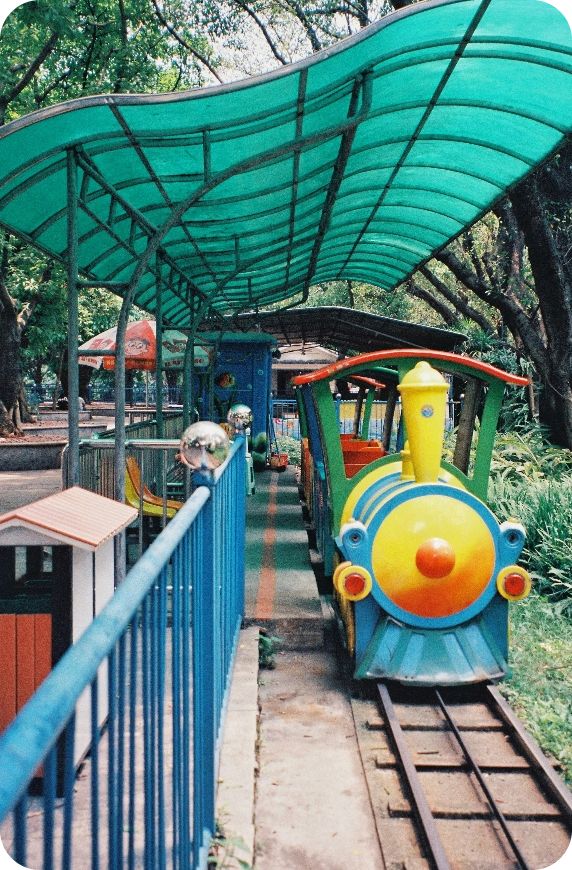
Meet Dewayne E. Morton
Related Products
Jacuzzi
Jacuzzis, also known as hot tubs, offer a luxurious and therapeutic experience that can enhance your outdoor living space. These heated pools feature jets that release warm water and air bubbles, providing a relaxing and invigorating massage. These are designed to promote relaxation and reduce stress. The warm water and soothing jets can help alleviate muscle tension, improve circulation, and relieve pain. They are also a great way to unwind after a long day or to socialize with friends and family.
Infinity Pools
Infinity pools offer a breathtaking, immersive aquatic experience that seamlessly blends with the surrounding landscape. These pools are designed to create the illusion of water extending endlessly to the horizon, providing a panoramic view that is both visually stunning and serene. Typically built on elevated platforms, infinity pools feature a vanishing edge that appears to merge with the sky or surrounding water bodies, creating a sense of openness and tranquility. This makes infinity pools a popular choice for luxury homes and resorts.
Lap Pools
Lap pools, specifically designed for swimming laps and fitness training, offer a dedicated space for individuals seeking to improve their swimming skills and overall physical health. These pools typically adhere to a rectangular shape, measuring 25 meters or more long, providing ample space for swimmers to practice strokes and maintain a consistent pace. The clear lane markers help swimmers maintain their designated lanes, preventing collisions and ensuring a fair and efficient swimming experience.
Wave Pools
Wave pools offer a thrilling and immersive aquatic experience that simulates the power and excitement of the ocean. Equipped with advanced wave generation technology, these pools create realistic waves suitable for surfing, body boarding, or simply enjoying the exhilaration of riding the waves. Whether one is a seasoned surfer or a beginner seeking a fun and challenging experience, wave pools provide a controlled and safe environment where individuals can hone their skills and enjoy the thrill of the ocean without leaving the comfort of their local water park or resort.
Splash Pools
Splash pools are specifically designed for children, providing a safe and fun environment for splashing and playing. They often feature shallow water, colorful slides, and interactive elements like cannons or geysers. Splash pools are perfect for families and communities seeking a recreational space where children can enjoy the water in a controlled and age-appropriate setting.
Competition Pools
Competition pools are specifically designed for professional swimming events. These pools adhere to strict dimensions, typically measuring 50 meters in length and 25 meters in width. Equipped with lane markers, starting blocks, and a deep end for diving, they provide a controlled environment for competitive swimming. , competition pools are specialized facilities catering to the needs of professional swimmers and competitive events. Their strict dimensions, equipment, and environment create a conducive space for top-level swimming performances.


